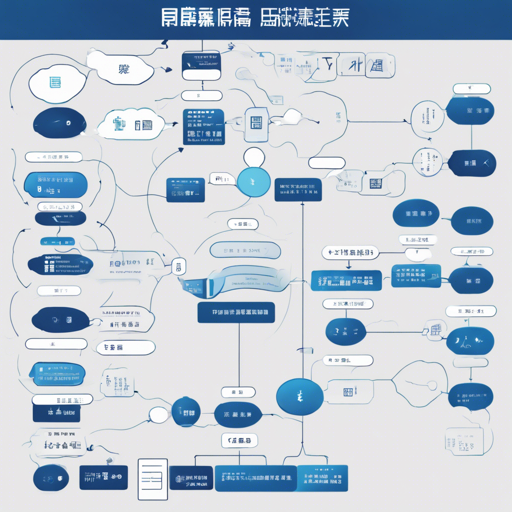Stanza is an incredible toolkit designed for processing human languages, providing robust tools for various linguistic tasks such as syntactic analysis and entity recognition. In this guide, we will explore how to use Stanza for token classification in Simplified Chinese (zh-hans) effectively.
Getting Started with Stanza
To get started with Stanza, you will first need to install the library. Here’s how you can do that:
pip install stanzaSetting Up the Stanza Model for Simplified Chinese
Once Stanza is installed, the next step is to download the model specifically designed for Simplified Chinese. Here is how to do it:
import stanza
stanza.download('zh-hans')After downloading the model, you can start using it for various NLP tasks. Here’s an example to illustrate how you can use it:
nlp = stanza.Pipeline('zh-hans')
doc = nlp("我爱自然语言处理。")
for sentence in doc.sentences:
for word in sentence.words:
print(f'Word: {word.text}, Lemma: {word.lemma}, POS: {word.pos}') Understanding the Code with an Analogy
Imagine you are a chef preparing a unique dish: the Stanza library is your toolbox, and the model for Simplified Chinese is a secret ingredient. Here’s the breakdown:
- Installing Stanza: Think of this step as acquiring all your kitchen tools (like knives, pots, etc.) to get ready for cooking.
- Downloading the Model: This is akin to gathering all your secret spices, which are essential for your specific dish.
- Creating the NLP Pipeline: This is your cooking process. Here, you’d combine all the ingredients (raw text) with the cooking methods (NLP tasks like token classification).
- Extracting Information: Finally, just as you would plate the dish to share with others, you extract and print the word information (text, lemma, and part of speech) for analysis.
Troubleshooting Tips
While working with Stanza, you might encounter some common issues. Here are a few troubleshooting ideas:
- Model Download Issues: If the model does not download, ensure you have an active internet connection. If the issue persists, try restarting your Python environment.
- Invalid Input Errors: Double-check your input text to ensure it is in the correct Simplified Chinese format and free of errors.
- Performance Issues: For slow performance, consider running the model on smaller text samples or look into optimizing your environment settings.
For more insights, updates, or to collaborate on AI development projects, stay connected with fxis.ai.
Conclusion
Stanza provides easy-to-use tools for NLP tasks involving multiple languages, including Simplified Chinese. By following the steps outlined above, you can efficiently conduct token classification and much more.
At fxis.ai, we believe that such advancements are crucial for the future of AI, as they enable more comprehensive and effective solutions. Our team is continually exploring new methodologies to push the envelope in artificial intelligence, ensuring that our clients benefit from the latest technological innovations.
Further Reading
For more detailed explanations and examples, you can find additional information on Stanza on its official website and the GitHub repository.

